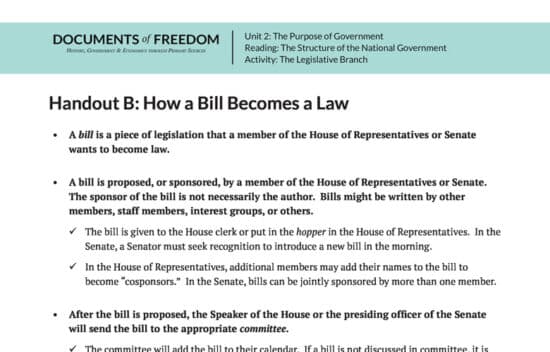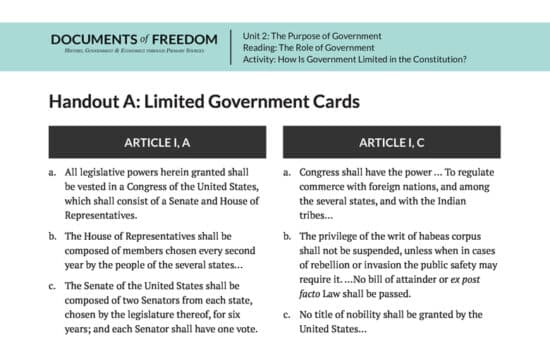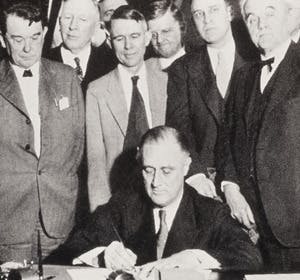



LADOE High School Civics | Unit 2: Government Structures, Powers, Functions, and Interactions
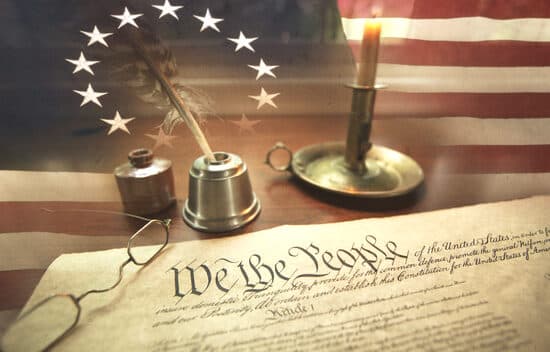
Primary Source
8564 Words
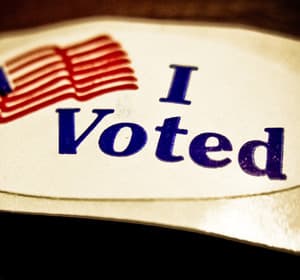
Essay
890 Words
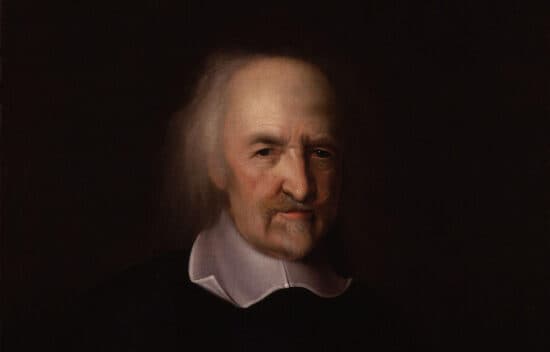
Lesson
4 Activities
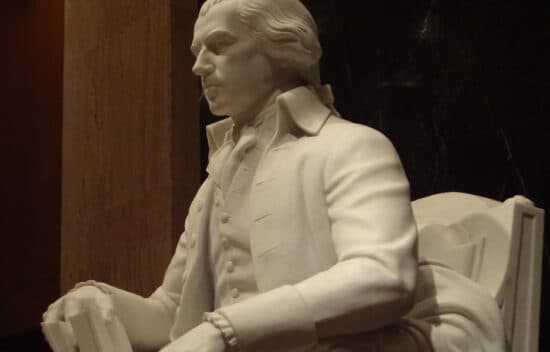
Lesson
4 Activities
60 Min

Lesson
3 Activities
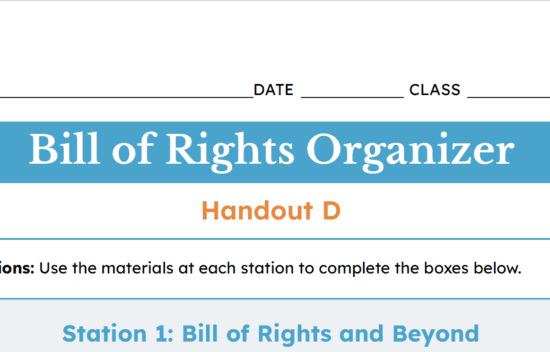
Activity
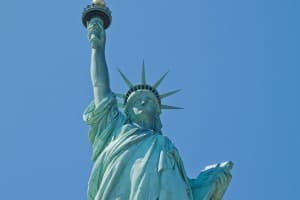
Unit
2 Lessons
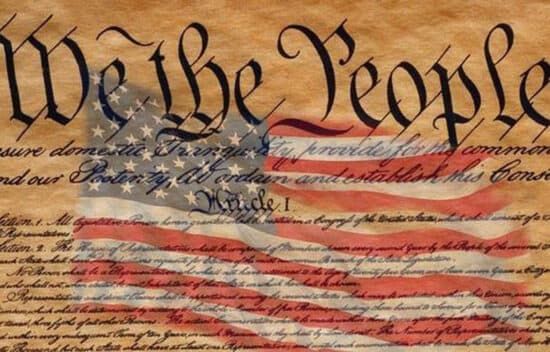
Lesson
4 Activities
55 Min

Resource
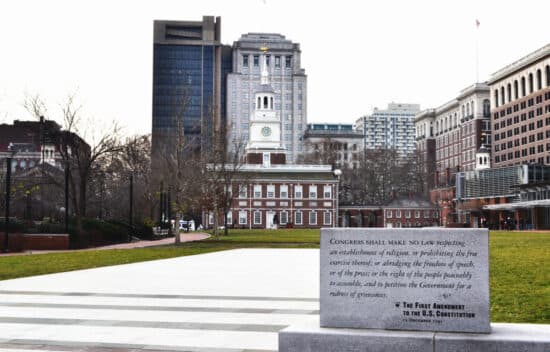
Lesson
5 Activities
40 Min
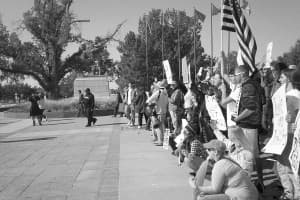
Unit
2 Lessons

Lesson
3 Activities
20 Min

Lesson
3 Activities
70 Min

Unit
2 Lessons

Lesson
4 Activities
50 Min

Lesson
4 Activities
65 Min
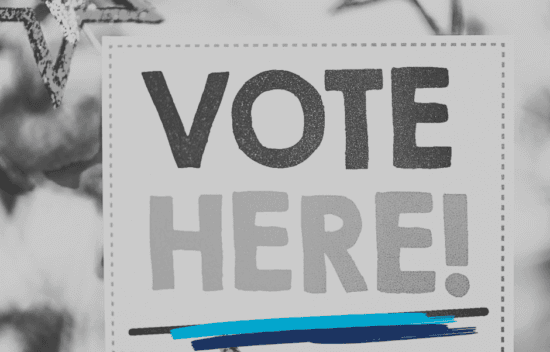
Lesson
4 Activities
45 Min

Activity
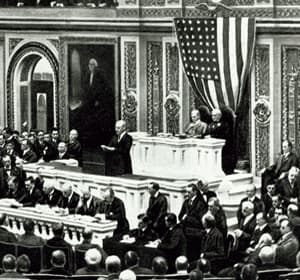
Lesson
3 Activities
80 Min

Lesson
2 Activities
75 Min

Lesson
5 Activities
305 Min
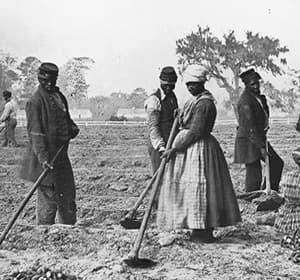
Lesson
11 Activities
105 Min

Lesson
9 Activities
70 Min
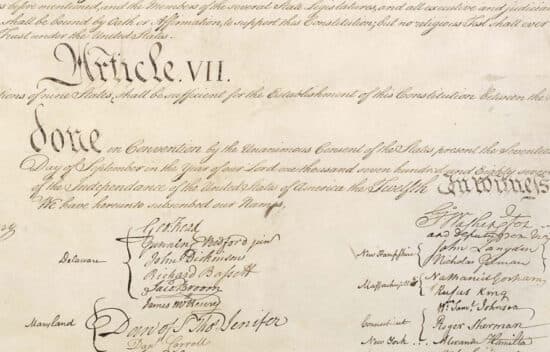
Lesson
6 Activities
55 Min
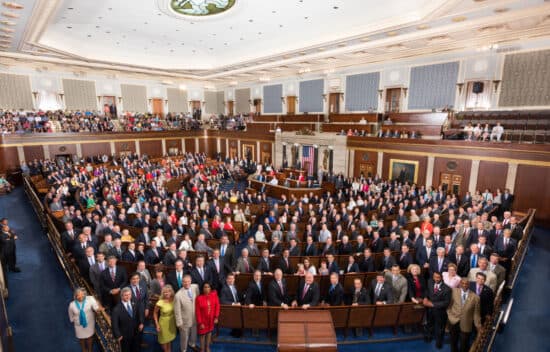
Lesson
5 Activities
105 Min
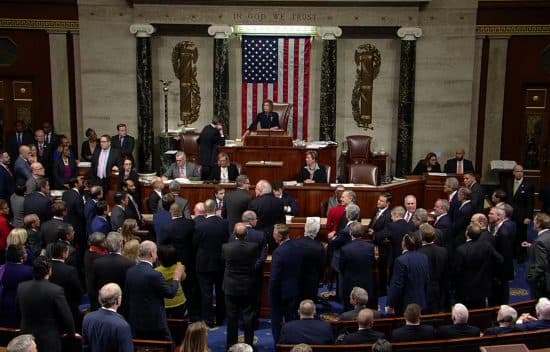
Lesson
1 Activities
20 Min
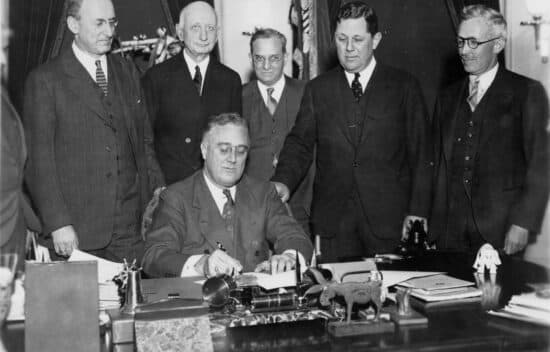
Lesson
6 Activities
70 Min
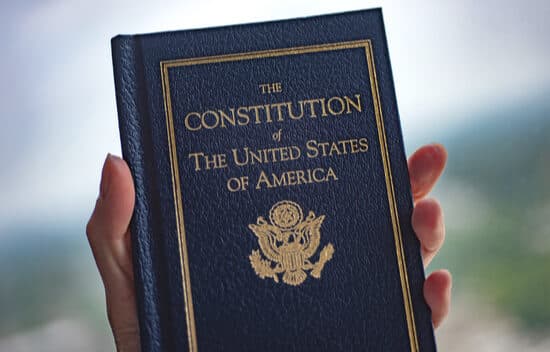
Lesson
1 Activities
20 Min
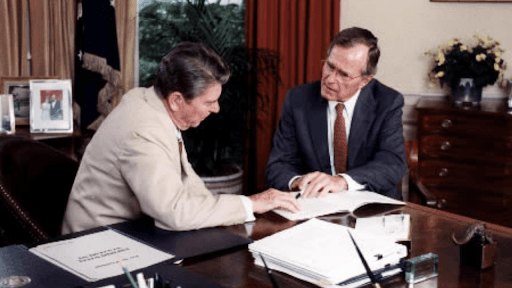
Lesson
1 Activities
20 Min
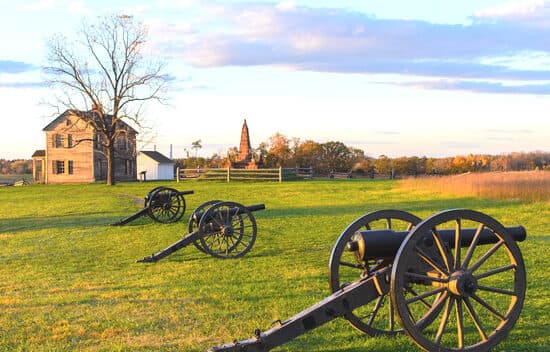
Lesson
1 Activities
20 Min
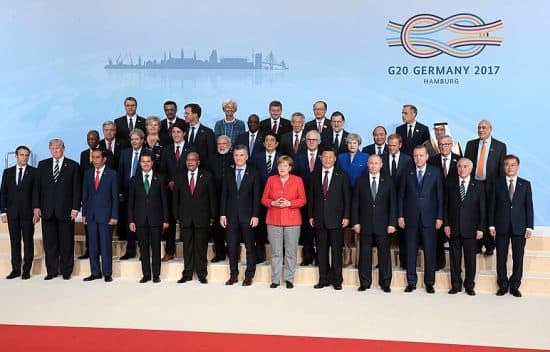
Lesson
1 Activities
20 Min
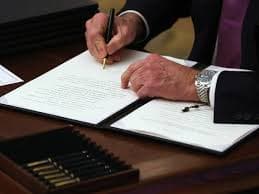
Lesson
1 Activities
30 Min
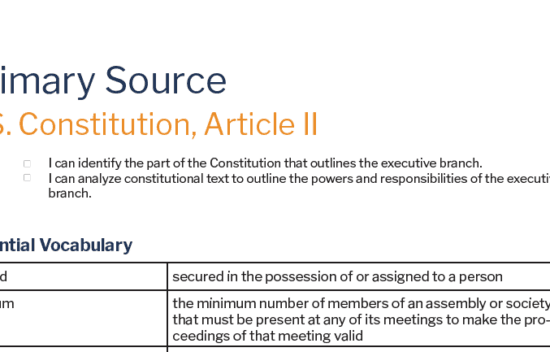
Activity
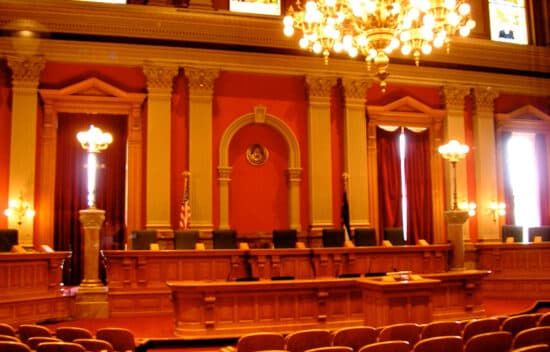
Lesson
14 Activities
240 Min

Lesson
1 Activities
45 Min
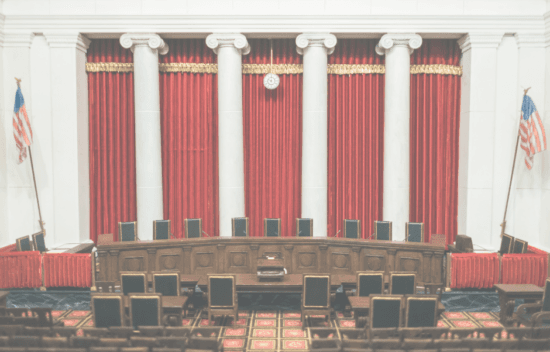
Lesson
1 Activities
45 Min

Activity
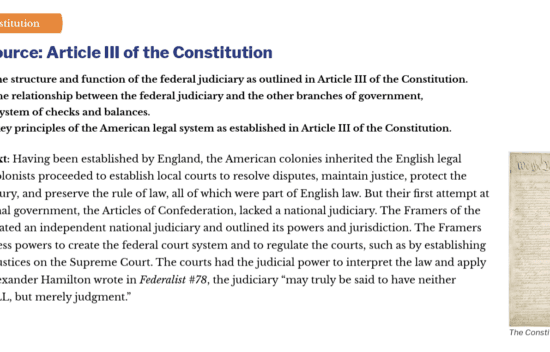
Activity
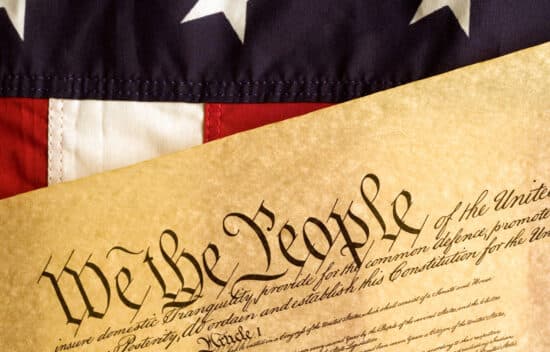
Page

Lesson
9 Activities
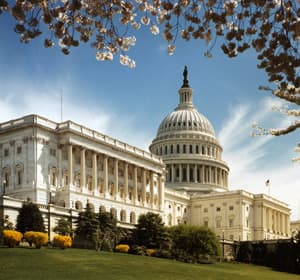
Lesson
3 Activities
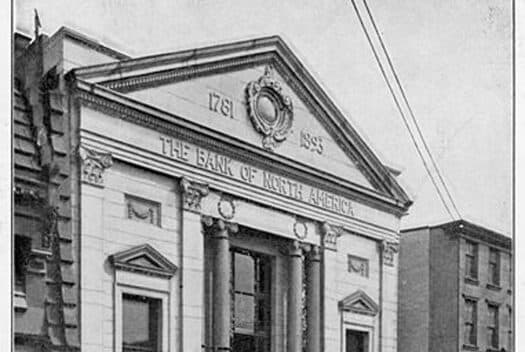
Essay
2382 Words

Video
4 Min
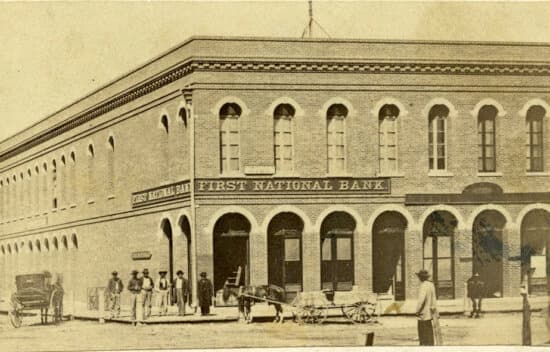
Activity
40 Min
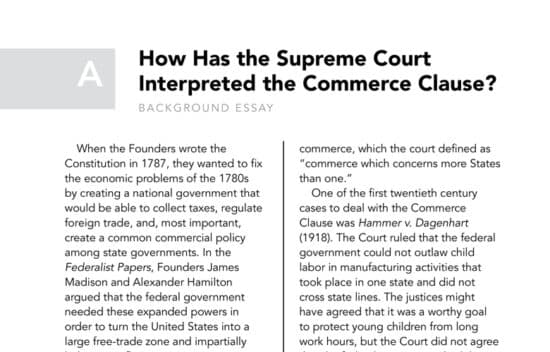
Activity
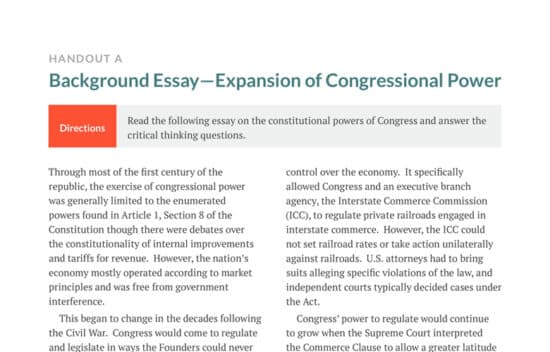
Activity
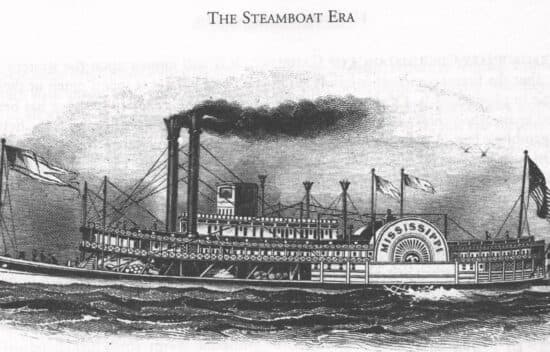
E Lesson
20 Min
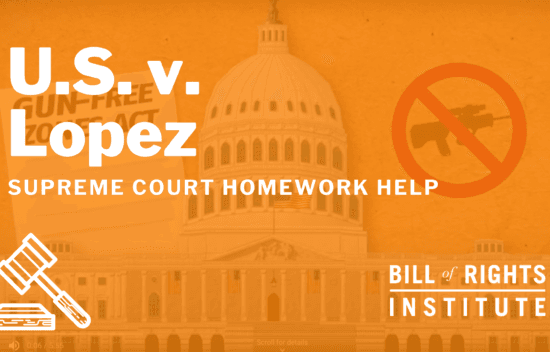
Video
6 Min
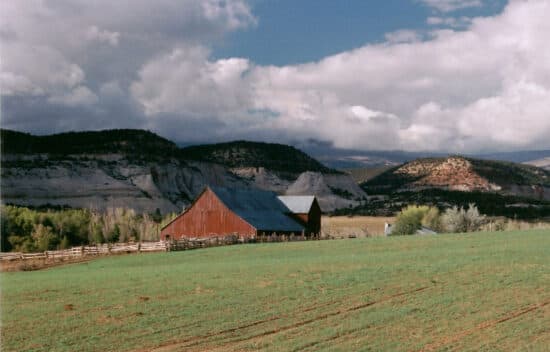
Lesson
3 Activities
35 Min
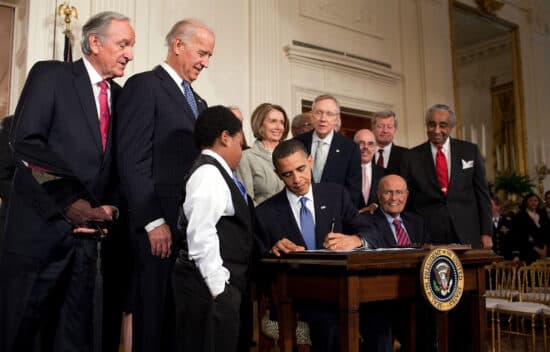
Lesson
9 Activities
60 Min
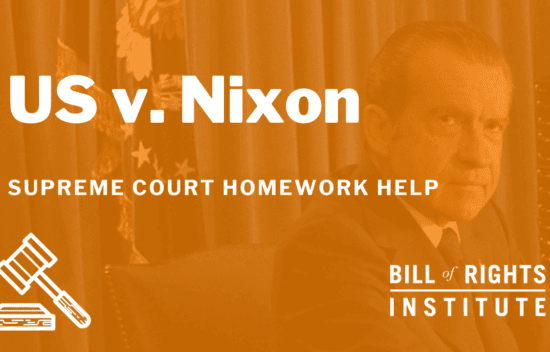
Video
4 Min

Lesson
2 Activities
50 Min

Lesson
5 Activities
95 Min
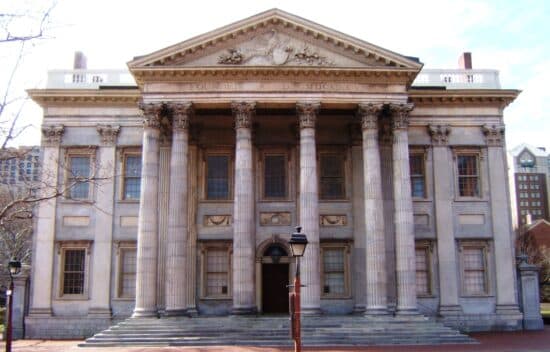
Lesson
3 Activities
65 Min
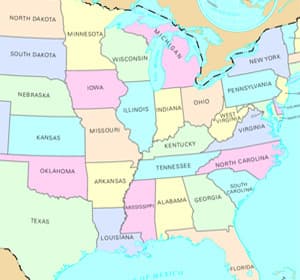
Lesson
9 Activities
110 Min
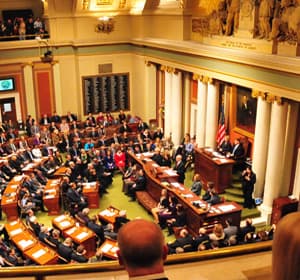
Lesson
7 Activities
90 Min

Lesson
60 Min
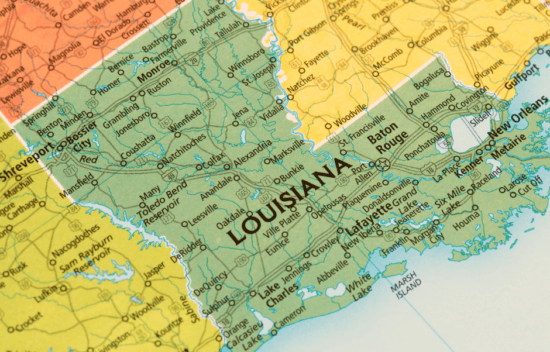
Lesson

Lesson
90 Min
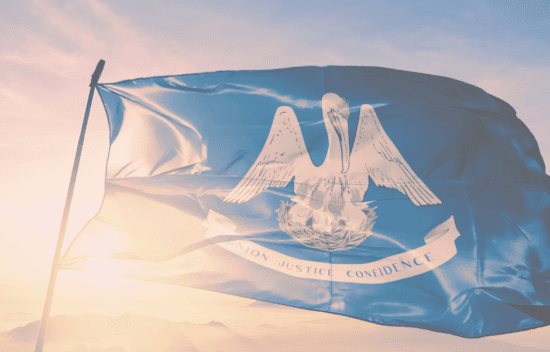
Lesson
60 Min

